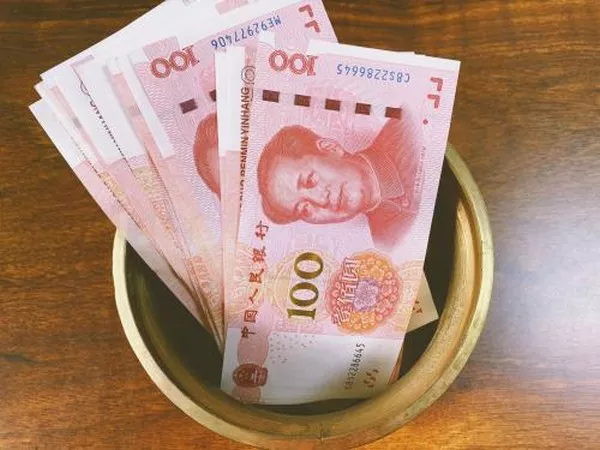In the realm of international finance, understanding the current exchange rate between currencies is paramount for businesses, investors, and individuals alike. For those involved in transactions between China and Romania, the focus naturally shifts to the RMB (Renminbi) and its conversion to the Romanian Lei. In this article, we delve into the intricacies of the current RMB exchange rate and explore how much Yuan to Lei conversion is at present.
Historical Context
Before delving into the present exchange rate, it’s prudent to glance at the historical context. The relationship between the Chinese Yuan (CNY) and the Romanian Leu (RON) has witnessed fluctuations over the years, influenced by economic factors, trade balances, and global market dynamics. Understanding these fluctuations provides a broader perspective on the current state of the exchange rate.
Yuan to Lei: A Precise Snapshot
As of the latest data available, the current exchange rate stands at approximately 1 Chinese Yuan (CNY) to 0.63 Romanian Lei (RON). This figure is subject to change as currency values are influenced by market forces, economic indicators, and geopolitical events. Analyzing the nuances of this exchange rate is crucial for those engaged in trade, investments, or any financial transactions involving these two currencies.
Current Exchange Rate Analysis
1. Market Forces Impact
The Yuan to Lei exchange rate, like any other currency pair, is significantly influenced by market forces. Factors such as supply and demand, economic indicators, and interest rates play a pivotal role. Investors keen on trading between China and Romania must keep a vigilant eye on these forces to make informed decisions.
2. Trade Balances
Trade balances between China and Romania can have a substantial impact on the exchange rate. A trade surplus for China, indicating that it exports more than it imports from Romania, can lead to an appreciation of the Yuan against the Lei. Conversely, a trade deficit may contribute to depreciation.
3. Economic Indicators
Economic indicators such as GDP growth, inflation rates, and employment figures in both China and Romania can influence the exchange rate. A robust Chinese economy relative to Romania’s may lead to a stronger Yuan against the Lei.
4. Geopolitical Events
Geopolitical events, ranging from trade agreements to diplomatic relations, can cause fluctuations in currency values. Traders and investors monitoring the Yuan to Lei exchange rate should stay abreast of geopolitical developments that may impact these currencies.
See Also: Current RMB Exchange Rate: Yuan to RWF
5. Central Bank Policies
The monetary policies of the central banks in China and Romania are critical determinants of exchange rates. Interest rate decisions, currency interventions, and other policy measures can directly impact the value of the Yuan relative to the Lei.
6. Global Economic Trends
Global economic trends, such as the overall health of the world economy, commodity prices, and changes in investor sentiment, can have a cascading effect on currency values. Those engaged in Yuan to Lei transactions should consider these broader trends.
7. Inflation Differentials
Differences in inflation rates between China and Romania can affect the purchasing power of their respective currencies. A higher inflation rate in one country relative to the other may lead to depreciation in the currency with the higher inflation rate.
8. Foreign Direct Investment (FDI)
The flow of foreign direct investment between China and Romania can impact their currencies. Increased FDI in China may contribute to a stronger Yuan, while FDI in Romania might influence the Lei’s value.
9. Technological Advancements
In the digital age, technological advancements in finance, such as blockchain and digital currencies, can also influence exchange rates. China’s initiatives in the realm of digital currency may have implications for the Yuan to Lei exchange rate.
10. Future Outlook
Looking ahead, experts suggest that the Yuan to Lei exchange rate may continue to be influenced by global economic conditions, trade relations, and the evolving geopolitical landscape. As both China and Romania navigate the challenges and opportunities in the coming years, the exchange rate dynamics will likely reflect these changes.
Conclusion
In conclusion, the current RMB exchange rate and the specific conversion from Yuan to Lei is a dynamic aspect of international finance. Traders, investors, and businesses must stay informed about the various factors influencing this exchange rate to make strategic decisions. As we navigate the intricacies of global finance, the Yuan to Lei exchange rate serves as a crucial barometer of the economic relationship between China and Romania.
Related Topics:
Current RMB Exchange Rate: Yuan to Pounds
Current RMB Exchange Rate: Yuan to Rand
Current RMB Exchange Rate: Yuan to Rupees


